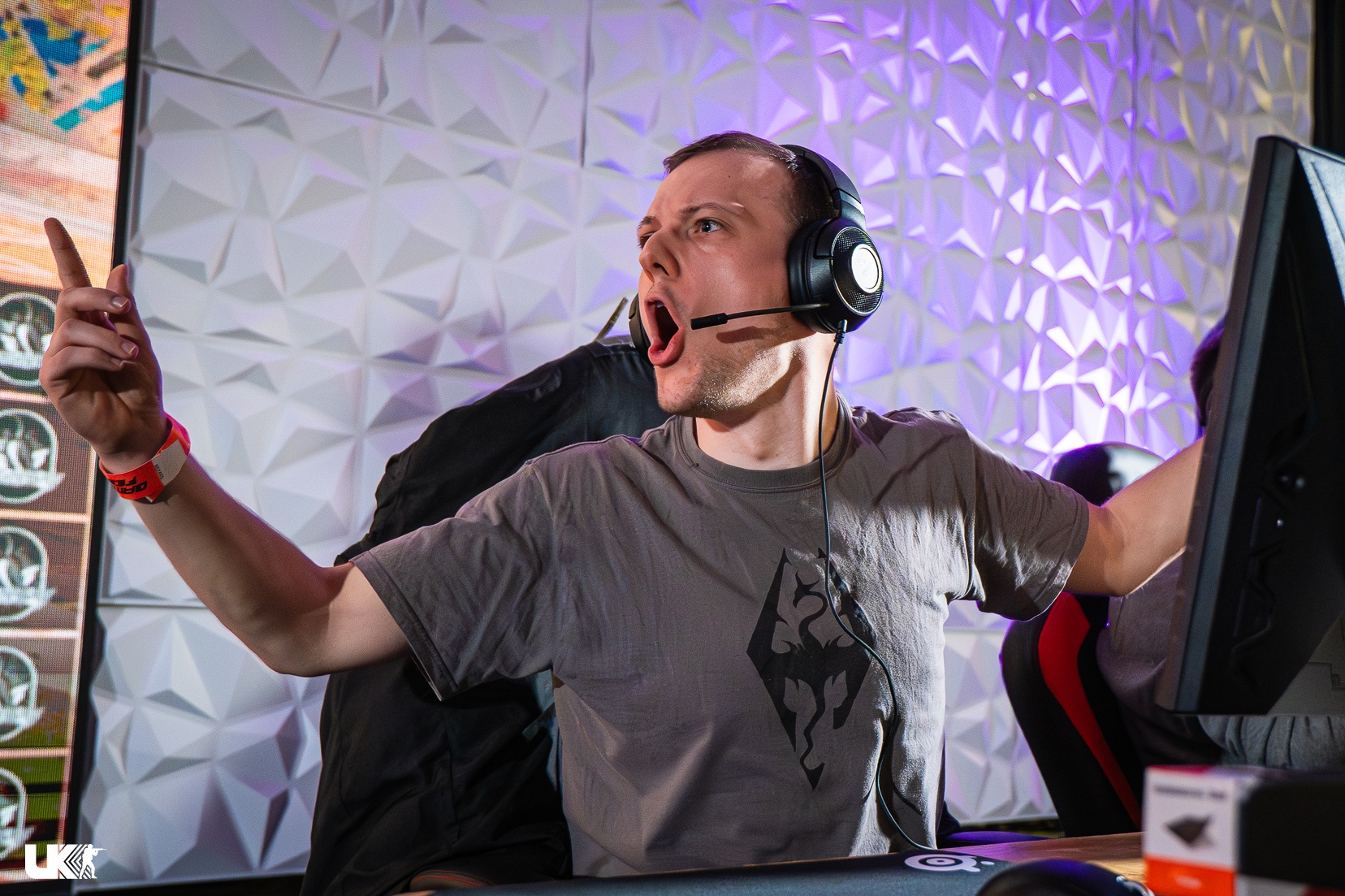The Ultimate Hookup Guide
Explore expert tips and advice on navigating the world of modern dating and hookups.
Bringing Back LAN: The Nostalgia and Thrill of CS2 Tournaments
Rediscover the excitement of LAN parties with thrilling CS2 tournaments! Dive into nostalgia and relive epic moments in competitive gaming.
Why LAN Parties Are Making a Comeback in CS2
As gaming continues to evolve, LAN parties are experiencing a remarkable resurgence, particularly within the Counter-Strike 2 (CS2) community. Unlike online matches, LAN parties create a unique atmosphere where players can connect face-to-face, fostering camaraderie and competition. The thrill of setting up a local network, ensuring low latency connections, and sharing snacks and stories adds a nostalgic and social element that online gaming often lacks. Additionally, with CS2 providing extensive customization options and improved graphics, the draw to experience the game in a shared physical space has never been stronger.
Moreover, the CS2 gaming scene is witnessing a revival of interest in organized competitions that emphasize the LAN party experience. Teams are hosting tournaments in local game shops or community centers, which not only enhances local engagement but also offers gamers the opportunity to showcase their skills in a more intimate setting. These events often feature exciting formats and real-time interactions that heighten the competitive nature of the game. As the trend of LAN parties embraces the latest technology while celebrating the roots of gaming, it’s clear that this comeback is more than just a fleeting fad—it’s a return to the foundations that made gaming so enjoyable.

Counter-Strike is a popular first-person shooter franchise known for its competitive gameplay and strategic team-based mechanics. Players often seek to customize their experience, especially when it comes to aesthetics like CS2 Weapon Skins, which allow for personalized weapon looks in the game.
Top Strategies for Competing in CS2 LAN Tournaments
Competing in CS2 LAN tournaments requires a combination of skill, strategy, and teamwork. One of the top strategies is to focus on team composition. A balanced team with a mix of roles—such as entry fragger, support, and AWPer—can significantly enhance your chances of success. Additionally, thorough analysis and research on your opponents can provide insights into their playstyle, allowing you to devise counter-strategies. Utilizing tools like demo analysis can help your team learn patterns and weaknesses in enemy tactics.
Another critical strategy for CS2 LAN tournaments is practicing communication and coordination within your team. Set up a clear in-game communication plan and establish roles to ensure everyone knows their responsibilities during matches. This involves regular scrims and practice matches that mimic tournament conditions. It's also beneficial to develop a game plan for different scenarios, such as eco rounds and force buys, to ensure your team can adapt quickly in high-pressure situations. Remember, effective teamwork can often be the deciding factor in tightly contested matches.
The Evolution of LAN Gaming: From CS to CS2
The world of LAN gaming has witnessed tremendous evolution since the early days of competitive gaming. Originally, LAN gaming provided a local area network platform that allowed players to engage in multiplayer matches without needing the internet. The launch of Counter-Strike (CS) in 1999 marked a pivotal moment in this evolution, as it captivated gamers with its team-based gameplay and tactical depth. Players gathered in physical spaces, armed with high-speed connections and headsets, creating a vibrant community dedicated to outsmarting their opponents in virtual combat. The accessibility of LAN parties fostered social interactions and friendships, making gaming a shared experience that transcended the digital realm.
Fast forward to the present, and we see the release of Counter-Strike 2 (CS2), which revitalizes the classic formula while integrating modern graphics and gameplay mechanics. This sequel not only maintains the essence of its predecessor but also enhances it with improved features such as realistic environments and advanced matchmaking systems. With the advent of online gaming and streaming services, the traditional LAN party has adapted to a more hybrid approach, allowing players to seamlessly transition between local and online play. As technology continues to advance, the future of LAN gaming promises even more innovative experiences, bridging the gap between local community gaming and the expansive online world.